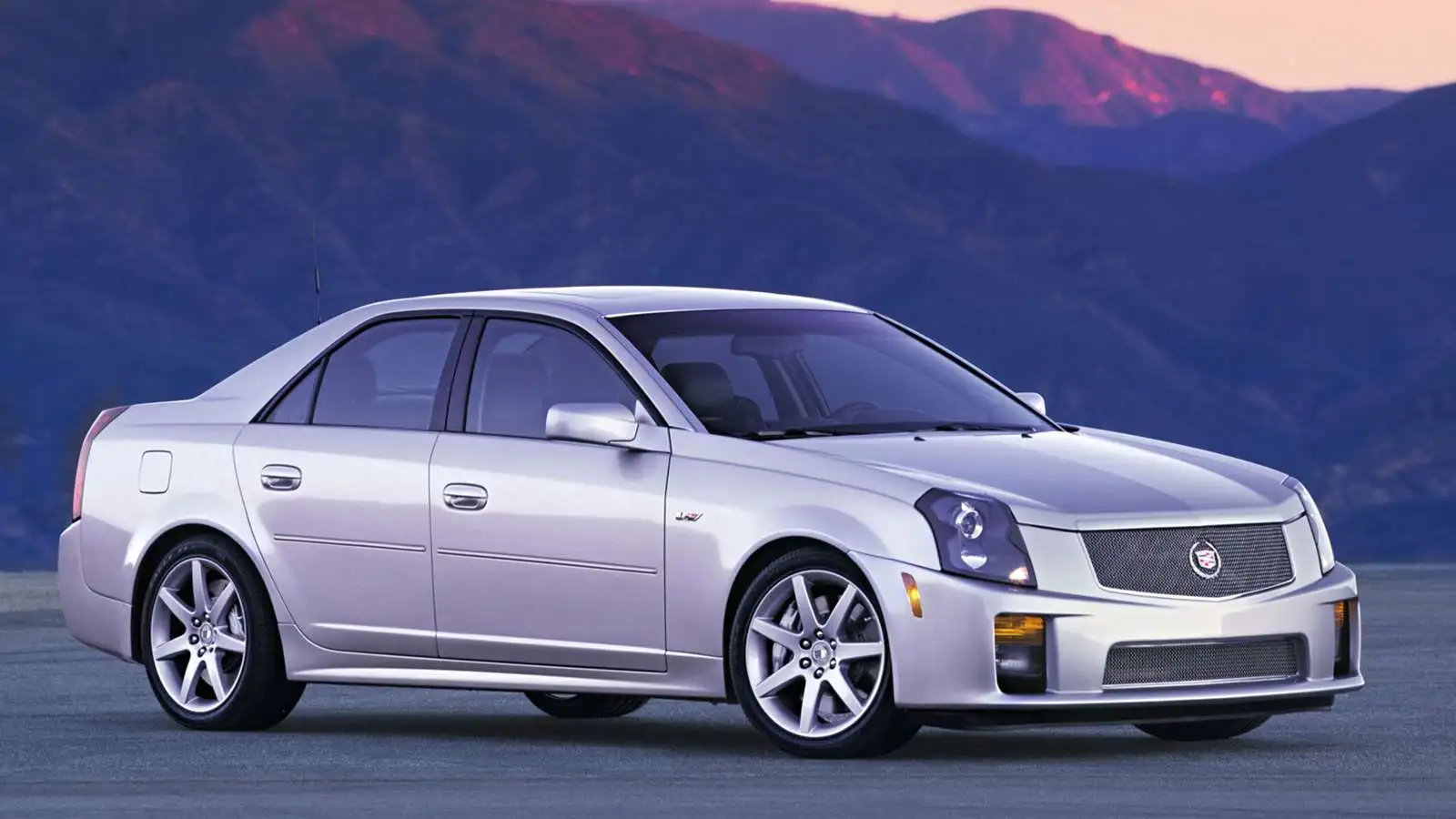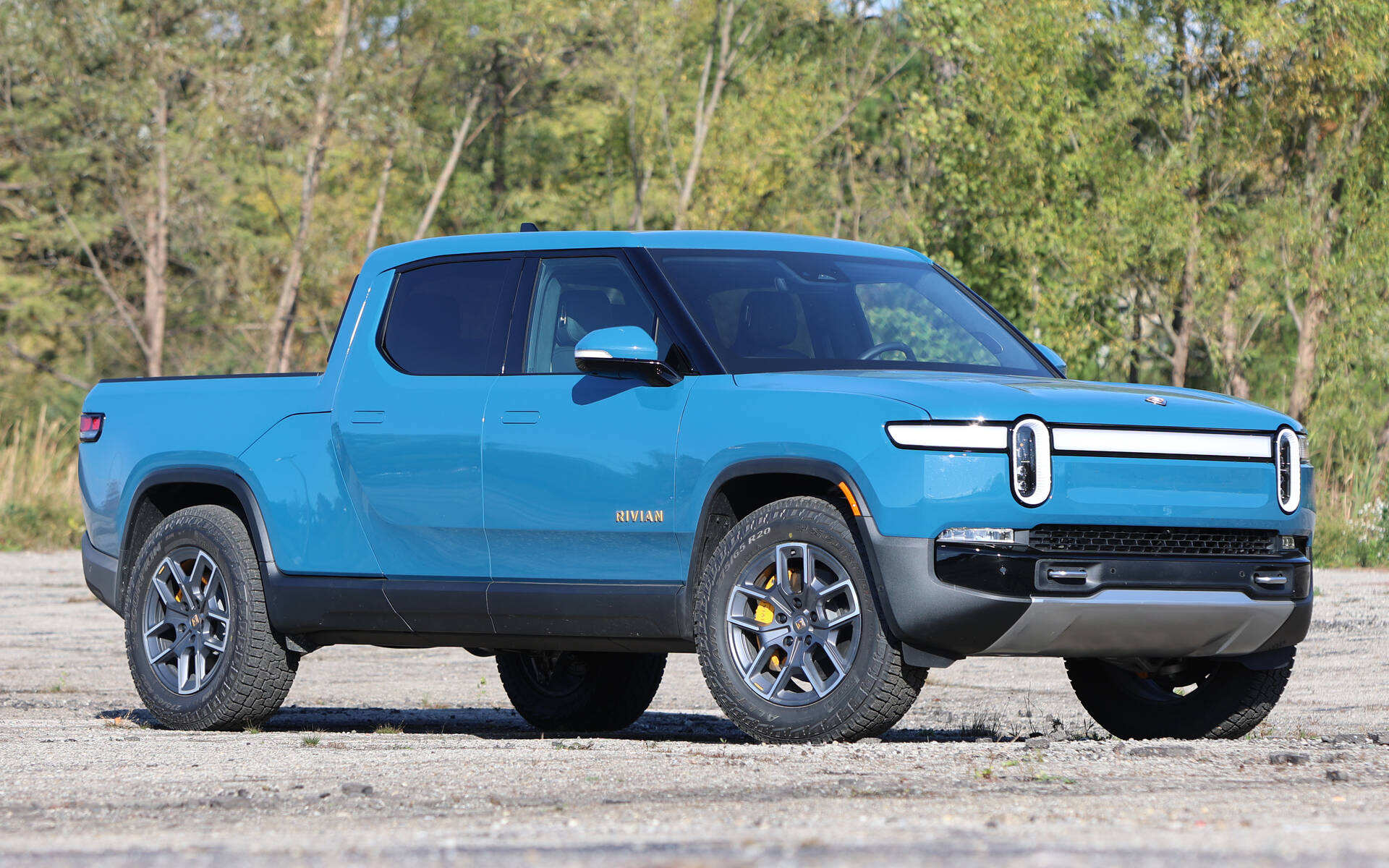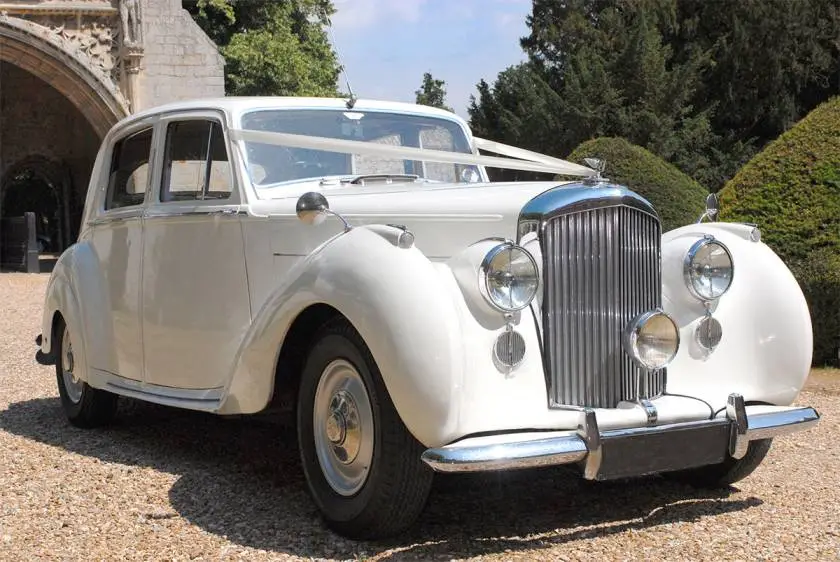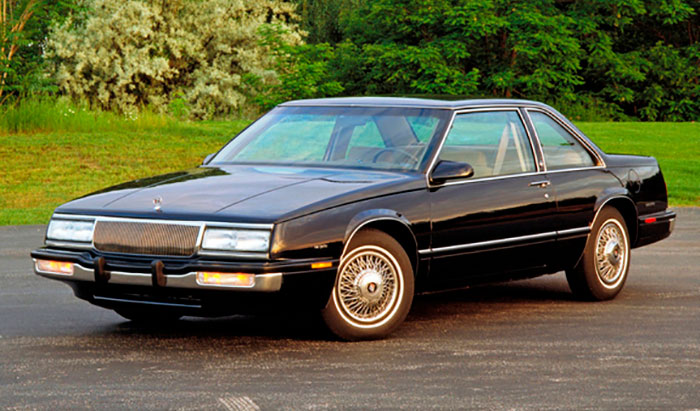Jaguar XKSS
First up is the Jaguar XKSS, which is maybe not the model most frequently linked to this particular bonnet shape, but it is still a classic example of the clamshell design in action. Its roadgoing twin, the XKSS, was based on the D-type and used unsold race units. Of the twenty-five automobiles that were supposed to be produced in 1957, only sixteen could be produced due to a factory fire. Rear XKSS models are highly sought after and they don’t trade hands often. This specific vehicle, which came with the registration JAG 1, brought $13,205,000 at auction through RM Sotheby's in 2023.
Lotus Eleven Series 2 Le Mans
The Lotus Eleven Series 2 helped the firm make more money after the Series 1 launched well and sold 150 units in a year. The Eleven's aerodynamic shape and aluminum bodywork made it an embodiment of Colin Chapman's lightweight philosophy. A Lotus Eleven once belonged to Renato Bertorelli. It was modified to a GT specification with a glass Fiber canopy, gullwing doors, and reduced wheelarches to highlight the rims. The car's current owner (as of 2024), who has had it since 1988, had it restored to its original state while retaining the roof. Before selling this Eleven in 1967, Bertorelli had a great five years of racing around the United Kingdom at tracks including Goodwood, Crystal Palace, Brands Hatch, Snetterton, and Silverstone.
Austin-Healey Sprite
![]()
The Austin-Healey Sprite debuted with a standard, rear-hinged bonnet from the factory, but owners soon found that switching to a front-hinged clamshell version was highly desirable. There was not much headroom beneath the bonnet to access the engine because of the rear-hinged design. The front-hinged design provides a considerably better maintenance perspective, and the little front overhang ensures that the mechanism operates smoothly without scuffing the ground with the nose.
Alfa Romeo 33 Stradale
In an attempt to rejuvenate its motorsport branch, the company designed the 33 in an attempt to mirror Alfa Romeo's racing triumphs during the first half of the 20th century. The idea was to build a vehicle capable of competing in the World Sportscar Championship. In order for the automobile to meet the minimal weight criteria of 600kg (1322lb), a glassfiber body was developed. It was simpler to maintain weight reduction and create an aerodynamic profile with fewer bodywork breaks. Everything proceeded according to schedule, and the 33 quickly reached victorious finishes. Due to this, the manufacturer decided to produce a smaller quantity of roadgoing models that had a few more creature comforts than the racing variant's minimal equipment.
Ford GT40
In the 1960s, short, mid-engine racing cars were all the rage, and the GT40 delivered on both fronts. It was 40in (1016mm) high, only slightly higher than the Alfa Romeo 33 Stradale, which is how the name came about. Ford called it the GT at first, but the designation GT40 stuck and was officially adopted. Bruce McLaren drove Ford's test track cars during development and assisted in identifying any problems with the prototype versions. Before time trials at Le Mans, when it was determined, a huge spoiler was required to improve its handling at speed, the team spent ten months developing the formula.
Read Also: Cheapest Electric Cars With 250 Miles Of Range
Saab Sonett II
The Sonett moniker was initially used by Saab on an automobile that resembled a cross between a Jaguar D-type and an Austin-Healey Sprite Mk1. Its second effort at the model, in 1966, featured a wedge-shaped design with a massive back window that curved around the sides of the vehicle. The Sonett II was initially equipped with an 841cc engine, but in 1967 it was replaced with a more powerful 1498cc Ford Taunus V4, culminating in the Sonett V4. For Fitment, the new motor had a bulging hood To provide the driver a clean line of sight, the bulge was gently shifted to one side.
Lamborghini Miura

The Lamborghini Miura is frequently acknowledged as being the world’s first supercar and at the time it was the fastest ever production vehicle. After it made its debut in 1966, it became a tastemaker for numerous other exceptional automobiles, and with its front and back clamshells open, the V12 engine is visible behind the cabin. The illustrated model was held by many French owners until being sold in Paris in 2024 for €954,500 (c£812,300). The most expensive Miura sold at £3,207,000.
Marcos 3-Litre GT
In 1959, Jem Marsh and Frank Costin founded Marcos The two teamed together and adopted the first three letters of their surnames to form the Marcos brand. During the war, Frank Costin worked on the de Havilland Mosquito, a combat aircraft made primarily of wood. These techniques were carried over into his automotive manufacturing. The GT debuted at the Earls Court Motor Show in 1963, followed by the 3-Litre GT in 1969. By this time, the wooden chassis was replaced with a steel frame. The Marcos brand became defined by odd designs from Dennis Adams, most of which incorporated some form of clamshell bonnet.




.webp)




.jpg)


